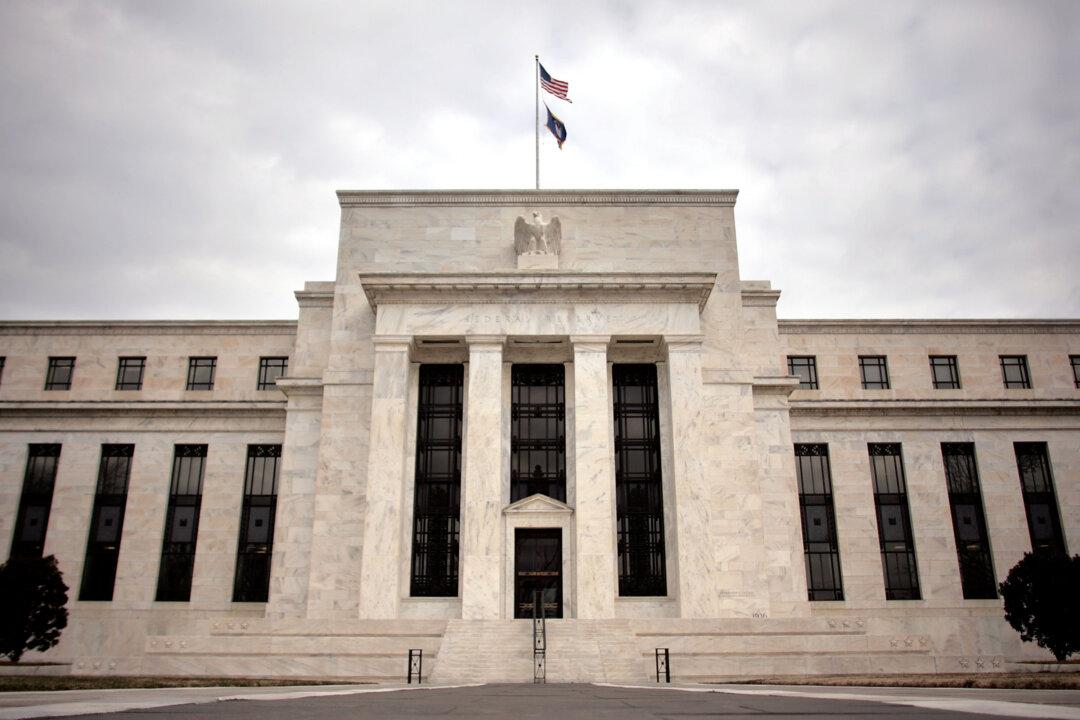Commentary
According to the International Monetary Fund (IMF) and the Institute of International Finance (IIF), global debt has soared to a new record high.

According to the International Monetary Fund (IMF) and the Institute of International Finance (IIF), global debt has soared to a new record high.